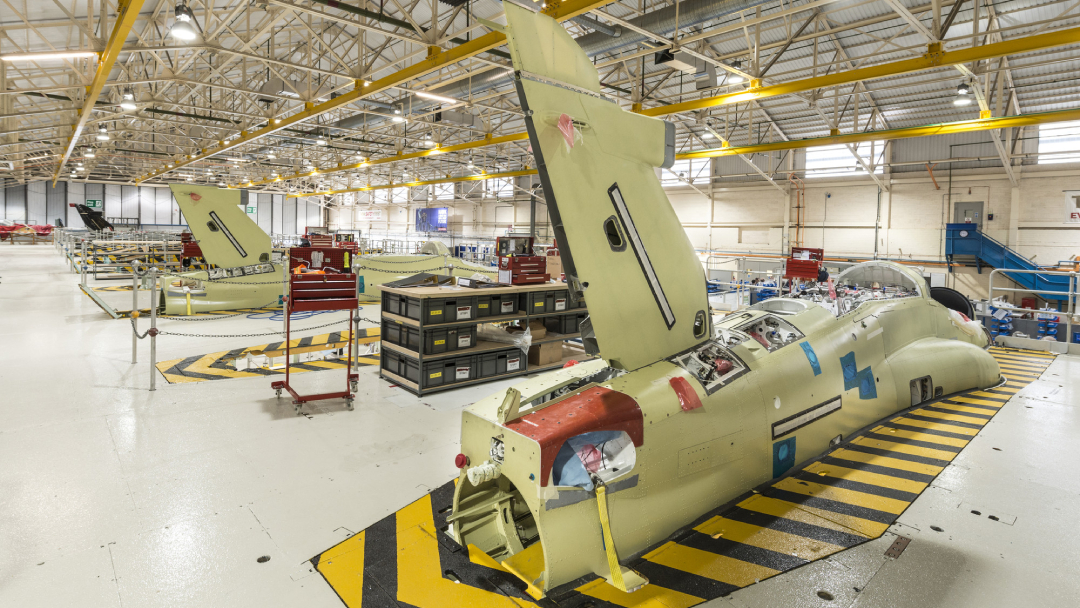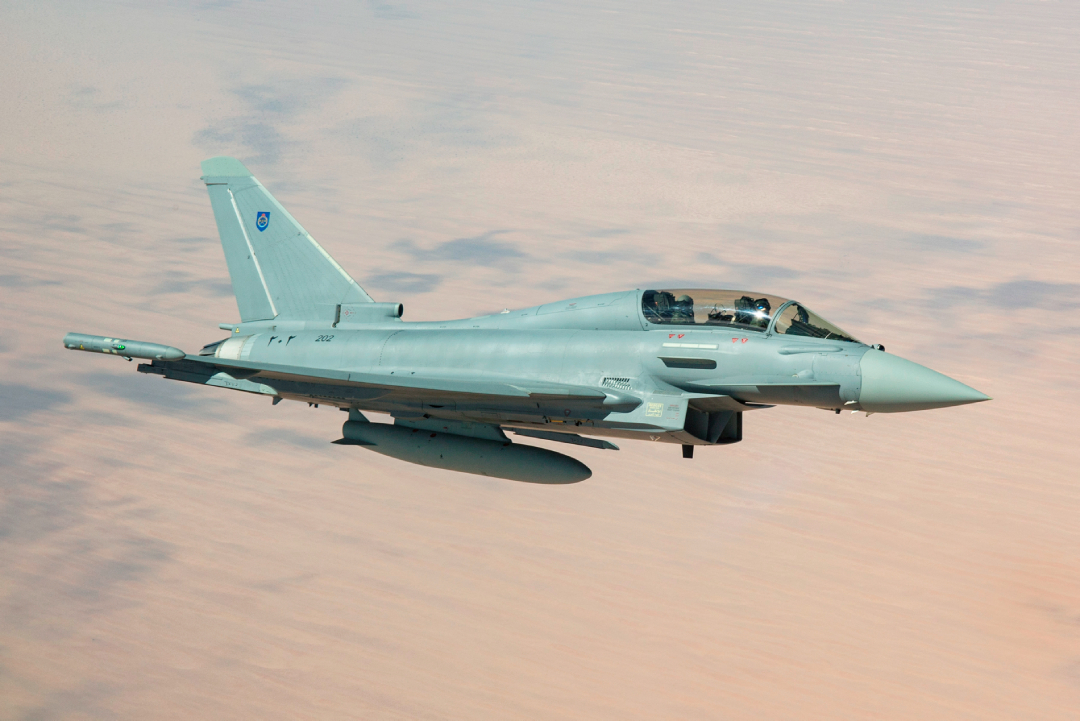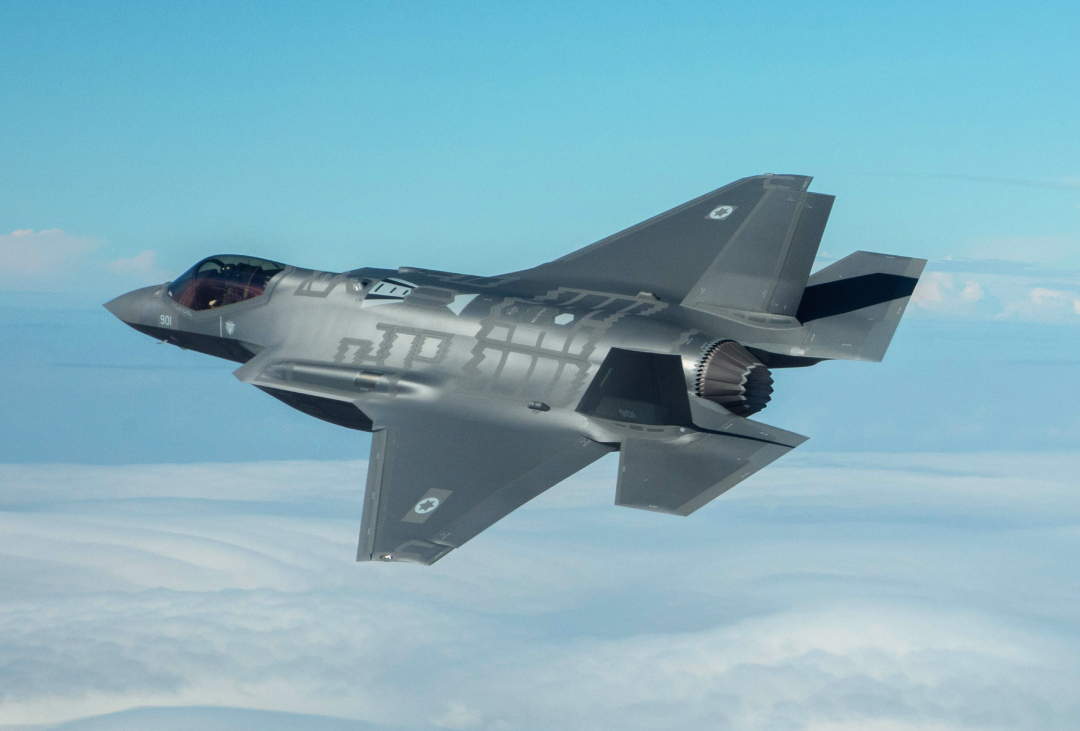
In the last decade, the Middle East has become the happy hunting ground for Fourth Plus-generation fighter aircraft manufacturers.
It began in 2007 when Saudi Arabia signed a $5.9 billion (£4.4 billion) contract with BAE Systems for 72 Eurofighter Typhoons. They are operated by the Royal Saudi Air Force (RSAF) Wing 2 at King Fahad Air Base at Taif. RSAF has also taken delivery of 84 Boeing F-15 Saudi Advanced (SA) Strike Eagles as part of a $29 billion United States Foreign Military Sale (FMS) agreement signed in 2010. However, President Biden’s administration has already expressed its intention to only sell ‘defensive’ weapons systems to Saudi Arabia during his term in office.
In March 2018, a Memorandum of Intent (MoI) for the additional 48 Typhoons was signed during Saudi Crown Prince Mohammed bin Salman’s visit to the United Kingdom but the sale has yet to be officially confirmed. The 2021 Saudi defence budget decreased by 10 percent compared to 2020, with military expenditures down to $46 billion according to the kingdom’s fiscal statement.
In December 2012 by a $3.3 billion (£2.5 billion) contact for 12 Typhoons, nine of which were single-seat Tranche 3 aircraft, and eight Hawk Mk166 Advanced Jet Trainers (AJTs), the last of which was delivered in April 2019. Operated by the re-formed No 8 Squadron, the Typhoons are based at Adam Air Base, a new military airfield was built 100 miles (160 km) southwest of Muscat.

Twenty-eight Eurofighter Typhoons, comprising six twin-seater and 22 single-seat aircraft, are being acquired by Kuwait under a 2016 contract valued at US$8.7 billion. This also includes the training of pilots and ground personnel by the Italian Air Force and Leonardo, as well as logistics and an initial operational support package for three years. Italy’s Leonardo delivered the first two Eurofighters in December 2021 and delivery of all the Typhoons will be completed by the end of 2023. They will eventually be joined by Boeing F/A-18E/F Super Hornets the sale of which was submitted to the US Congress for approval in September 2016. A $10.1 billion contract for 22 Boeing Super Hornets with an option for an additional 10 aircraft to replace the Kuwait Air Force’s fleet of 27 F/A-18C Hornets was signed in November 2016.

The Qatar Emiri Air Force (QEAAF) is set to quadruple the size of its combat aircraft inventory having signed a $6.92 billion contract covering the supply of 24 Dassault Rafales in May 2015. Twelve more were added to the original order in December 2017 and Qatar retains an option to buy up to 36 more. The Rafale EQ/DQ aircraft belong to the IQEAAF’s 1st Fighter Wing based at Tamim.
In September 2016, the sale of 72 Boeing F-15s, was submitted to the US Congress for approval and a contract for 36 F-15QAs, based on the Saudi F-15SA, plus an option for 36 additional aircraft, valued at $21.1 billion, was signed in November 2016. The FA-15QA Ababil multirole fighters are based at Al-Udeid Air Base.
Exactly a year later the QEAF ordered 24 Eurofighter Typhoons from BAE Systems as part of a $8 billion (£6 billion) contract which included nine Hawk AJTs and a support and training package. This included reforming the RAF’s No 12 Squadron in 2018, is first joint squadron since World War Two. Qatari pilots and ground crew have been learning how to fly and maintain the Typhoon at RAF Coningsby in the UK since June 2020, with RAF personnel providing training both in the air and on the ground as they prepared to accept the first Typhoons which will be delivered in 2022.
In 2011 the QEAF had evaluated the Lockheed Martin F-35A Lightning II but decided that it was a quantum leap for an air force operating small numbers of obsolete Alpha Jet light attack aircraft and fourth-generation Mirage 2000-5s.

In 2015, Egypt became the Dassault Rafale’s first international customer when it ordered 24 Rafales, as part of a larger worth $5.9 billion. In January 2016, Egypt received six aircraft are two-seat Rafale DMs that were diverted from delivery to the French Air Force. In May 2021, France agreed to sell Egypt an additional 30 Rafales in a $4.8 billion deal to be funded through a loan repayable over a minimum of 10 years. They are operated by the EAF’s 203 Tactical Fighter Wing based at Gebel el Basur Air Force Base near Cairo.
In July 2018 the Israeli Air Force hosted a military delegation from the United Arab Emirates (UAE) to review operations of its F-35 Lightning II fighter aircraft. Israel is the only country in the Middle East that has the F-35A in its inventory, and the only nation at the time to deploy the fighter in combat missions. Although not having formal diplomatic ties, Israel and the UAE are cooperating in security matters as way to counteract the growing influence of Iran in the region. The unprecedented visit came as the UAE sort to purchase its own fleet of the F-35. In the final days of the Trump administration, the US approved a defence package for the UAE worth an estimated US$23 billion for a fleet of 50 F-35s, as well as MQ-9 Reaper UAVs and assorted munitions.
On 3 December 2021 it was announced that the UAE had signed a $18 billion contract for 80 Rafale F4s and 12 Airbus H225M Caracal helicopters from France. “This deal is not considered as an alternative for the forthcoming F-35 deal, it is rather a complementary deal as we develop our air force capabilities,” said Major General Ibrahim Nasser Al Alawi, commander of the UAE Air Force and Air Defence, in a statement meant to reassure his US ally that the Rafale jets would just replace the UAEAF’s Mirage 2000 fleet. However, a UAE official stated that the UAE had informed the US that it will suspend discussions to acquire the F-35. Technical and security requirements, sovereign operational restrictions imposed by the Biden administration and the cost/benefit analysis had led to the reassessment. It is also likely that the F-35As the US may sell the UAE will almost certainly be more limited than Israeli Air Force F-35I Adirs.
by David Oliver












